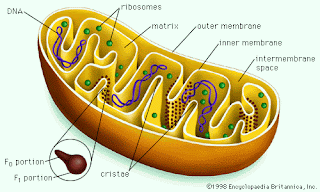Protista

Kingdom Protista includes livings with following features- Protists are unicellular eukaryotes. These contain well defined nucleus with nuclear membrane. Photosynthetic-Protists- These are chlorophyll bearing protists and show photosynthesis. Ex-Diatoms Protozoan Protists- Protozoans are unicellular ,aquatic and hetrotrophic. Locomotion occurs with the help of pseudopodia (Amoeba),cillia (Paramecium) nad Flagella (Euglena). Reproduction is by binary fission,multiple fission or sexually . Slime molds- Slime molds are saprophytic protists. ...













